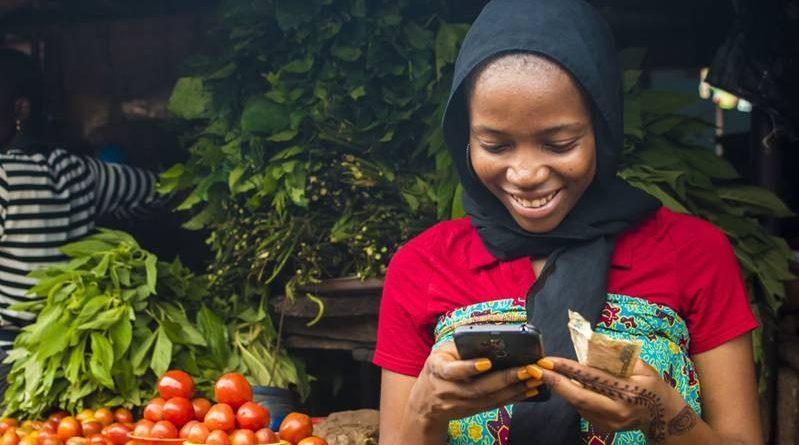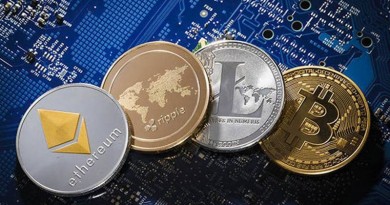Africa leads in adoption of mobile money as accounts stand at 1.35 billion
Mobile money has evolved from a narrow product service in a few markets to a global financial service. According to MoneyTransfers.com, registered mobile money accounts stood at 1.35B by the end of 2021. This is an 18% growth from 2020.
In 2021, mobile money adoption and usage increased over the previous year. Last year, there were more than 1.5 million person-to-person (P2P) hourly transactions – a 22-fold increase since 2012.
“The mobile phone is arguably the most disruptive gadget we’ve ever had,” says Jonathan Merry, CEO of MoneyTransfers. He adds, “Apart from revolutionizing the way we interact, it is changing how we access and manage our finances, among others. The ubiquity of mobile money services is helping attain financial inclusion, streamlining payments and providing users greater freedoms over their funds. Is it any wonder that their adoption is booming?”
The COVID-19 pandemic hastened this transition. Most people now use virtual, no-contact methods to buy items, pay bills, receive, and send money. This continued growth helped push the value of transactions to the trillion-dollar mark in 2021. A milestone reached faster than anyone in the industry could have predicted.
The future of mobile money
Many reasons make mobile banking grow faster than anticipated. The world is becoming a digital society, influencing how people live. Mobile money has come in handy to fill the gap created by traditional money transfer mediums. Mobile money is in high demand. Its convenience is one aspect that pushes its growth daily. Imagine receiving cash anywhere around the globe at the convenience of your couch. What’s more, you can pay for your expenses remotely.
It is not surprising that several banks are adopting mobile banking services. Financial institutions are entering partnerships with Fintechs that are offering mobile money. The move is due to the market shift. Banks are noticing that clients no longer subscribe to brand loyalty. Instead, they prefer speed, convenience, accuracy, transparency, and other technological growth. Besides, most people prefer mobile banking due to its security features.
From the survey, merchant payments were among the notable drivers of growth in mobile money in 2021.
Africa continues to lead in mobile money adoption
Sub-Saharan Africa has seen the most significant increase in mobile money. With $403 billion in transactions in 2020, East Africa maintains the highest transaction values.
According to MoneyTransfers.com, West Africa is still proliferating, with a 60% increase in transaction value since 2020.
Despite the new milestone, mobile money is still used in low- and middle-income states. North America is still missing from the dataset. Europe has the lowest transaction value among the regions listed.
Yet, as it finds savings, credit, and premiums applications, mobile money appears set to remain vital in Africa. The venture is attracting multimillion-dollar financing. Entities such as Mastercard aim to bridge financial access gaps in the quickest growing cities.
Regulatory challenges
There is enormous progress in mobile financial services in many nations. Yet, their sustainability is under threat by various policy and regulatory procedures. Both mobile money providers and customers share the high cost of compliance. Such regulations harm future investments and customer use of mobile money services. A dialogue between policymakers, regulators, and industry leaders is vital. This might do away with hostile policy and regulatory interventions.




